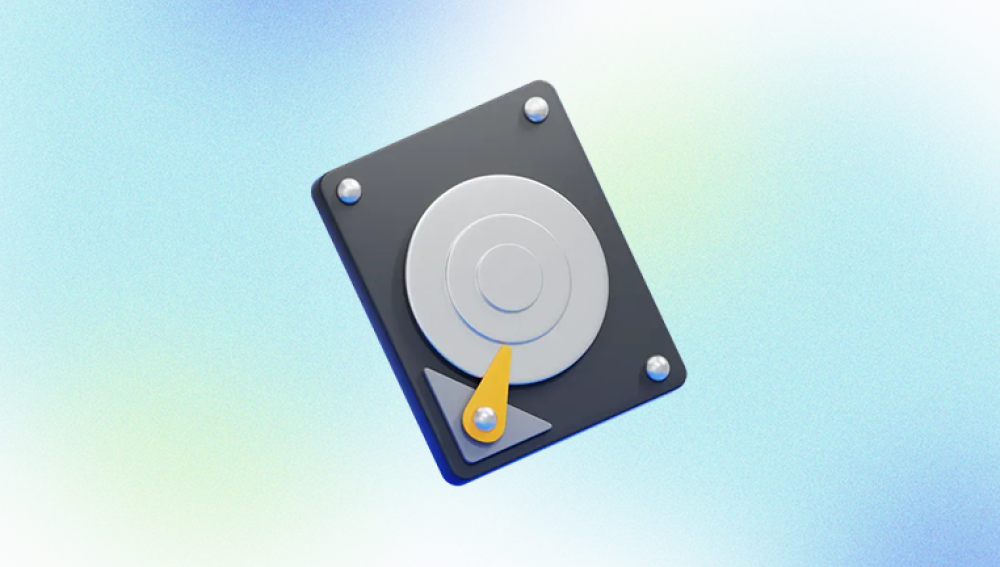In the realm of digital data management, understanding how your operating system handles file operations is crucial. Windows 10 is designed with features that assist in managing your files, including the Recycle Bin, which temporarily stores deleted items. However, a common question arises: when images are replaced on Windows 10.
Final Thoughts on Image Replacement and File Management
1. The Role of the Recycle Bin in Windows 10
How the Recycle Bin Works
The Recycle Bin is a special folder in Windows 10 that temporarily stores deleted files and folders. When a user deletes an item, it doesn’t get removed from the hard drive immediately. Instead, the file is moved to the Recycle Bin, allowing users to recover it if needed. The Recycle Bin acts as a safety net, preventing accidental deletions from resulting in permanent data loss.

What Files Go to the Recycle Bin?
Typically, the following types of files go to the Recycle Bin when deleted:
Documents: Text files, spreadsheets, presentations, and other document formats.
Images: JPEG, PNG, BMP, GIF, and other image formats.
Videos: Various video formats, including MP4. AVI, and MOV.
Audio Files: MP3. WAV, and other audio formats.
However, there are certain instances where files do not go to the Recycle Bin, such as when they are deleted using the Shift + Delete shortcut or when the Recycle Bin is full.
Limits and Capabilities of the Recycle Bin
The Recycle Bin has a size limit, which is determined by the size of your hard drive. When this limit is reached, the oldest files are permanently deleted to make room for new ones. Users can adjust the size of the Recycle Bin by accessing its properties.
Additionally, the Recycle Bin has a unique feature where files can be restored to their original location. Users can easily right-click on a file in the Recycle Bin and select "Restore" to recover it.
2. Understanding File Replacement
What Happens When You Replace a File?
When you replace a file in Windows 10—say, by saving a new image with the same name in the same location—the original file is overwritten. This means the original file is no longer accessible through normal file management methods, and Windows does not store it in the Recycle Bin.
For example, if you have an image named “picture.jpg” and you save a new image with the same name in the same folder, Windows will prompt you with a message asking if you want to replace the existing file. If you choose to replace it, the original “picture.jpg” file is lost.
Does the Original File Go to the Recycle Bin?
In the case of file replacement, the original file does not go to the Recycle Bin. The Recycle Bin only stores files that have been deleted, not those that have been overwritten. Once a file is replaced, it is typically removed from the file system, and recovery becomes more complex.
Scenarios of File Replacement
Overwriting in the Same Folder: This is the most common scenario where a user saves a new file with the same name and format as an existing one. The original file is lost immediately without being sent to the Recycle Bin.
Copying to Another Location: If you copy an image from a USB drive to your computer and a file with the same name already exists, Windows may either replace it (if you choose that option) or rename the new file (adding a number or suffix).
Saving from an Application: Many applications, like photo editing software, allow you to save files directly. If you save over an existing file, the original is lost without being sent to the Recycle Bin.
3. Recovering Replaced Files
While files that are replaced are not sent to the Recycle Bin, there are still methods to attempt recovery, depending on your situation.
Native Recovery Options in Windows 10
Windows 10 offers several built-in recovery options, which might help in retrieving lost files, albeit not always successful for overwritten files:
Previous Versions:
Right-click on the folder where the replaced file was located.
Select "Restore previous versions." Windows may show a list of previous versions of the folder.
Choose a version from before the file was replaced and click "Restore."
File History:
If you have File History enabled, it periodically backs up files to an external drive.
You can access File History by searching for "File History" in the Windows search bar and selecting "Restore personal files."
Using File History for Recovery
File History is a built-in Windows feature that continuously backs up files stored in libraries, desktop, contacts, and favorites. If you have set up File History, you can recover a previous version of a file easily.
Setup File History:
Connect an external drive to your computer.
Go to Settings > Update & Security > Backup > Add a drive and choose your external drive.
Recover Files Using File History:
Navigate to the folder that contained the replaced file.
Click on the Home tab in the File Explorer ribbon and select History.
Browse through the available backups and restore the file.
Third-Party Recovery Software
Drecov Data Recovery is a sophisticated software solution designed to assist users in recovering lost, deleted, or inaccessible files from various storage devices, including USB flash drives, external hard drives, and memory cards. Its intuitive interface caters to both novice and experienced users, making the recovery process straightforward and efficient.
The software employs advanced scanning algorithms that perform quick and deep scans, ensuring a thorough search for recoverable files. Whether you’ve accidentally deleted images, formatted a drive, or experienced a system crash, Drecov Data Recovery offers a high success rate in retrieving lost data.
One of the standout features of Drecov Data Recovery is its ability to preview files before recovery, allowing users to confirm the integrity of the files they wish to restore. This can save time and prevent the recovery of unwanted files.
4. Preventing File Loss
Preventing file loss is critical, especially when dealing with important images or documents. Here are some best practices for data management:
Best Practices for Data Management
Rename Files Before Overwriting: When saving an image, consider renaming the file if you plan to keep the original. This simple step can prevent accidental overwrites.
Create Regular Backups: Regularly back up your files to an external hard drive or cloud storage to ensure you have copies of important data.
Use Version Control: If you frequently edit images or documents, consider using version control to maintain backups of previous versions.
Regular Backup Solutions
Windows Backup and Restore: Use the built-in Backup and Restore tool in Windows to create system images and backup files regularly.
Cloud Storage: Services like OneDrive, Google Drive, and Dropbox automatically back up files and allow for easy access from multiple devices.
External Hard Drives: Periodically copy important files to an external hard drive, ensuring you have physical backups separate from your computer.
Understanding Versioning in Windows 10
Windows 10 has a feature that allows you to keep multiple versions of a file. This feature is particularly useful if you frequently modify images or documents. Enabling File History can help you maintain previous versions of files, which can be restored if needed.




